Tupolev TU-144 Air Koryo
Production Time 9 to 10 weeks
Shipment is by FedEx, UPS or DHL International Express Courier with a normal door-to-door delivery time worldwide of within 2-3 business days after dispatch. Due to the current volatility of world fuel prices, the amount mentioned here is our best estimate for DHL and UPS and may be subject to change at the time of shipping.

Model Description: Tupolev TU-144 Air Koryo Wood Replica Scale Custom Model Aircraft
Manufacturer: Tupolev
Wingspan: 7.5 Inches (19.1 Centimeters)
Height: 2.7 Inches (6.9 Centimeters)
Scale: 1:152
$239.50
Production Time 9 to 10 weeks
-
United States dollar ($)
-
Pound sterling (£)
-
Euro (€)
-
Australian dollar ($)
-
Canadian dollar ($)
-
Singapore dollar ($)
-
Swiss franc (CHF)
-
Japanese yen (¥)
-
Danish krone (kr.)
-
Hong Kong dollar ($)
-
Norwegian krone (kr)
-
Swedish krona (kr)
-
United Arab Emirates dirham (د.إ)
General Product Description
Our PlaneArts Tupolev TU-144 Air Koryo model exhibits unique, unrivaled quality and detailed design to come as close as possible to the accuracy of the actual plane. It comes as standard with a robust, durable base or stand which is available in a variety of different finishes designed to match your own personal requirements including solid wood, wood with polished metal supports or adjustable wood wall mount and will be ready within about 9-10 weeks from placement of order.
The Tupolev TU-144 Air Koryo model is made of the finest kiln dried renewable mahogany wood (commonly known as Lauan or Meranti) which has undergone many stages of carving and meticulous and careful sanding giving the beautiful finished museum quality masterpiece. Many collectors and model connoisseurs demonstrate their preference for genuine handmade and hand painted mahogany wood models rather than plastic or die cast (diecast) alternatives due to the overall look and totally different feel of the item - we trust you will find the same. We can, however, if required produce the same model in Solid Cast Resin so just click and contact us us for further information. Our craftsmen and gifted artisans ensure that our finely handcrafted model airplanes match the precise blueprint details of the original aircraft. The paint scheme, markings and parts are closely matched, reflecting the original aircraft. This stylish top-quality desktop replica model will surely enthrall anyone who receives this as a gift and for sure one of the most appropriate and desirably collectable gifts for any aviation enthusiast and avid aircraft collector whilst also displaying a perfect resemblance to the actual aircraft.
If you require we can also make the Tupolev TU-144 Air Koryo model in any other airline, private livery or colour scheme you require and if necessary in a different size or scale. Just click here to contact us with a description or photographs of what you require, and we will let you have a quotation for the necessary customization by return email. We can also make bespoke scale replicas of any other private / civil commercial airliner or airliners, helicopter, glider, gliders with engines, military jet, warplane jets, propeller warplanes, biplane, triplane, tail fin, spacecraft, rocket or NASA model you require in any airline, military or civilian livery or colors. We also produce model airships, blimp, dirigible, blimps, boat and ship collectibles. Wall plaque or seal for military, government or private customers. Again, by clicking here to contact us just let us know exactly what you need.
The Enigmatic Tupolev TU-144 of Air Koryo
The Tupolev TU-144, often dubbed as the Soviet Union’s answer to the Concorde, holds a unique place in aviation history as one of the only two supersonic transport aircraft that were commercially operated. Its story intertwines with Air Koryo, North Korea’s state-owned national airline, which is known for its intriguing fleet and isolated operations. This article delves into the historical context of the TU-144 and its association with Air Koryo, exploring the aircraft’s development, operational history, and the broader implications of its service.
Origins and Development:
The Tupolev TU-144 was developed during the Cold War, a period marked by intense rivalry between the Soviet Union and the Western nations, particularly in technological and aerospace achievements. Designed by the Tupolev design bureau led by Alexei Tupolev, the TU-144 made its maiden flight on December 31, 1968, two months before the Western Concorde. Its development was driven by the desire to showcase Soviet prowess in the field of supersonic travel and to serve the vast distances within the USSR quickly and efficiently.
Operational History:
The TU-144 commenced commercial operations in 1975, flying domestic routes for Aeroflot, the Soviet national carrier. However, its career was marred by technical challenges and a tragic accident at the 1973 Paris Air Show, which cast doubts on its safety and operational reliability. By 1983, after a series of modifications and limited use, the TU-144 was retired from commercial service, having completed only 55 passenger flights. The aircraft was then used primarily for cargo flights and research purposes until its final retirement.
Air Koryo’s Involvement:
The connection between the TU-144 and Air Koryo is more speculative and symbolic rather than based on direct operational history. Air Koryo, known for its aging fleet of Soviet-era aircraft and its status as one of the world’s least accessible airlines, never officially operated the TU-144. However, the airline’s historical reliance on Soviet aircraft and the symbolic significance of the TU-144 in Soviet aviation lore link the two in discussions about Cold War-era aviation and the eccentricities of North Korean transportation infrastructure.
Legacy and Significance:
The TU-144 remains a significant chapter in the annals of aviation history. It represents not only a technological achievement but also the ambitions and challenges of supersonic transportation during the Cold War. Its story is a testament to the era’s competitive spirit and the limits of technology at the time.
For Air Koryo, the association with the TU-144, while not based on actual use, underscores the airline’s intriguing fleet dynamics and its historical ties to Soviet aviation technology. The TU-144’s story enriches the narrative of Air Koryo, painting a picture of an airline wrapped in historical layers, operating under the unique pressures and constraints of North Korea.
In conclusion, while the TU-144 never graced the fleet of Air Koryo, the shadows of its wings cast a long and intriguing silhouette over the legacy of both the aircraft and the airline, encapsulating a fascinating piece of Cold War history and the ongoing story of aviation’s role in geopolitical rivalries.
| Weight | 6 kg |
|---|---|
| Dimensions | 17 × 7.5 × 2.7 in |

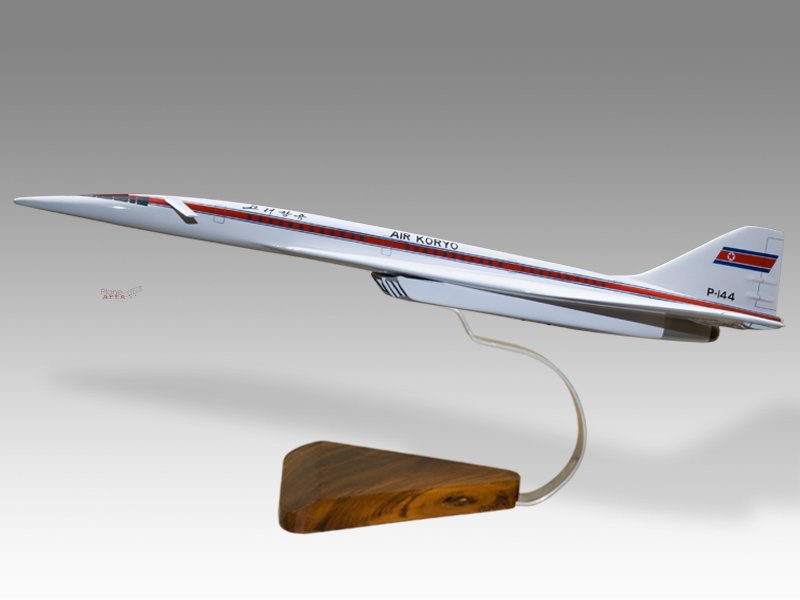

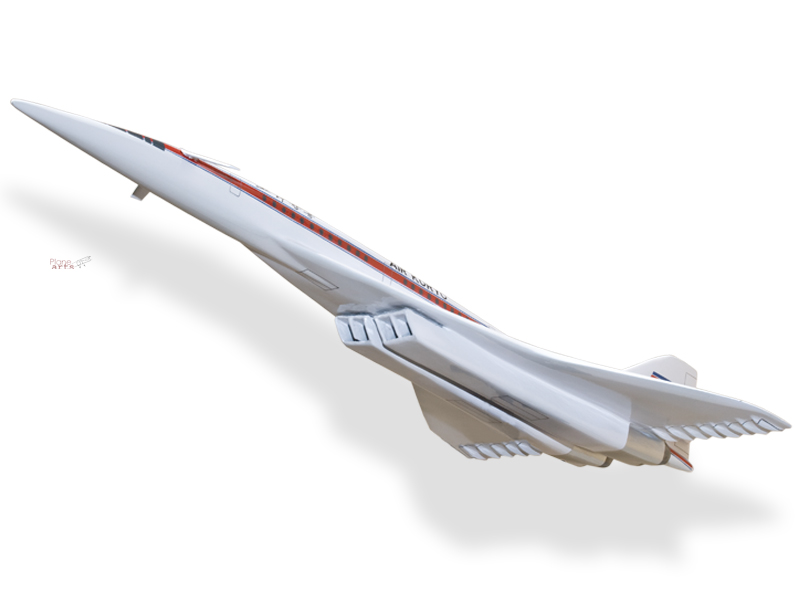
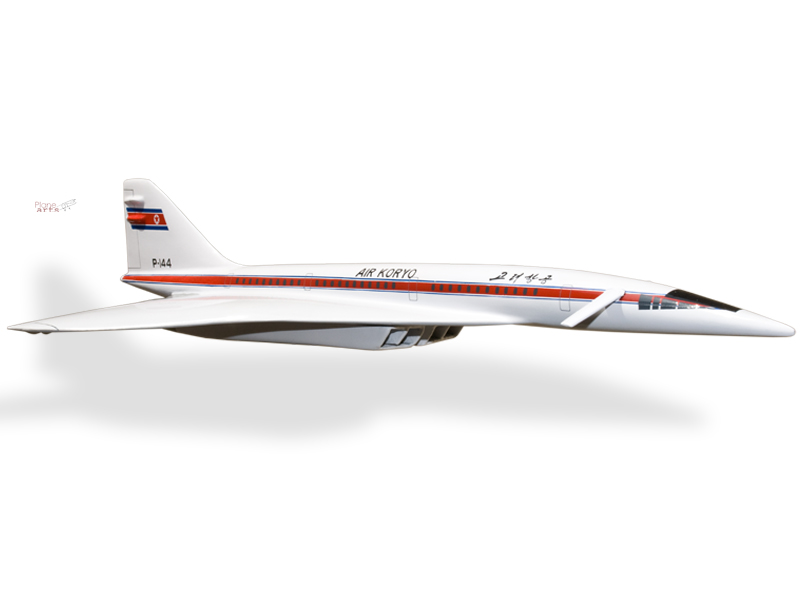
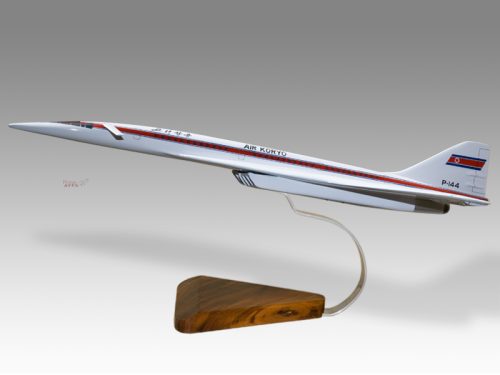
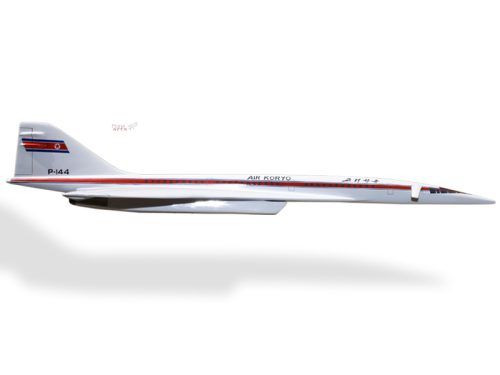
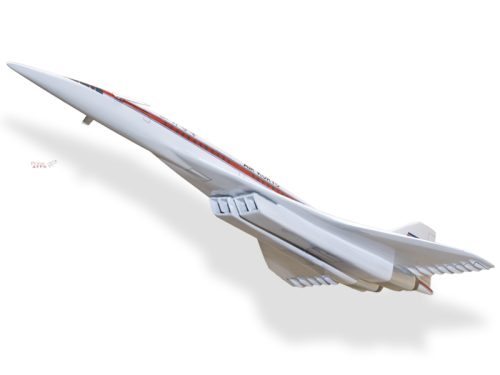

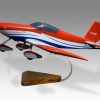
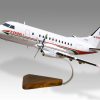
Reviews
There are no reviews yet.